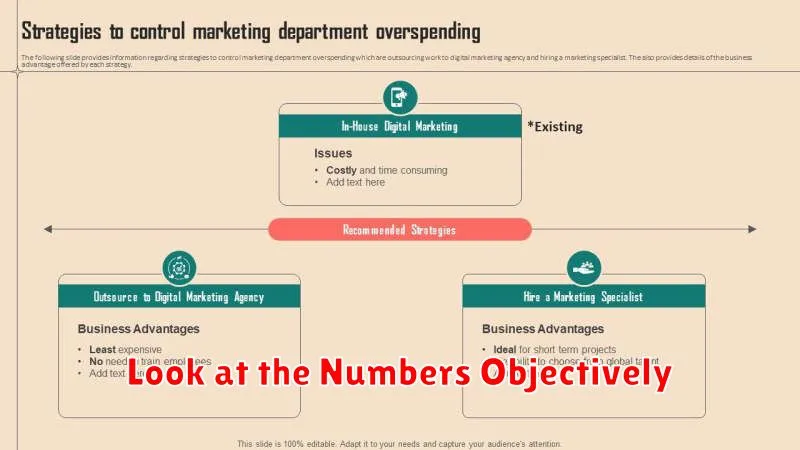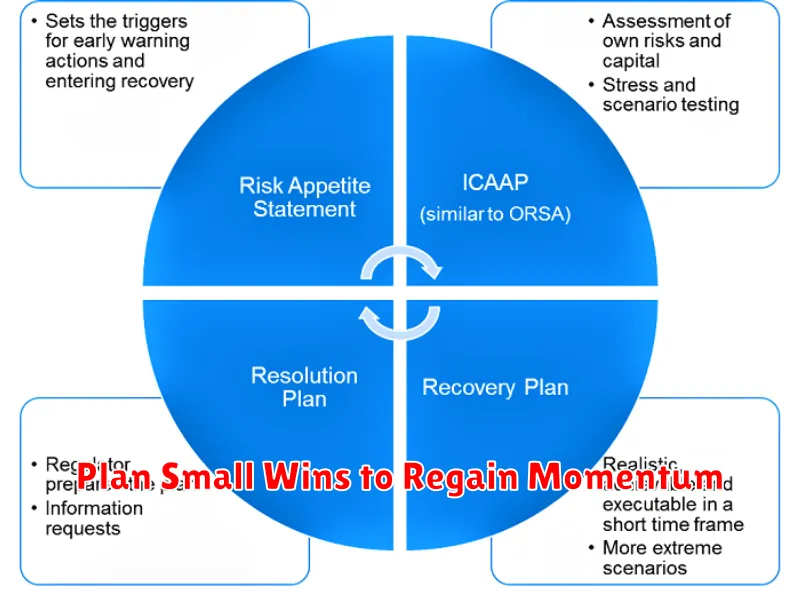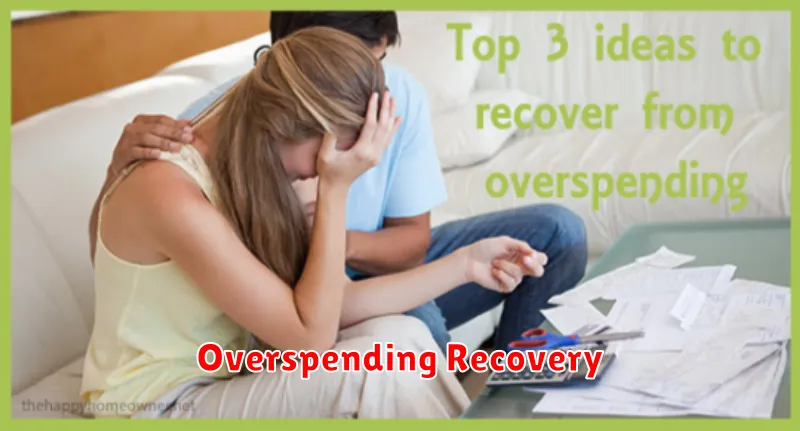Have you experienced a month of overspending and now feel overwhelmed by debt and guilt? This comprehensive guide, “How to Recover from a Month of Overspending Without Guilt,” provides a practical roadmap to regain your financial footing. Learn effective strategies to manage your budget, overcome financial anxiety, and rebuild your financial health without the burden of self-reproach. We’ll explore proven techniques for debt reduction, saving money, and cultivating a healthier relationship with your finances. Discover how to move forward confidently and reclaim your financial well-being.
Recognize Overspending Without Shame
The first step to recovering from a month of overspending is acknowledging it without judgment. Avoid self-criticism; instead, approach the situation with self-compassion. It’s easy to fall into a cycle of negative self-talk, but this will only hinder your progress.
Objectively review your spending. Analyze your bank statements and credit card transactions to understand where your money went. Identify specific areas of overspending—were there impulse purchases, unexpected expenses, or simply a lack of budgeting?
Recognize that overspending happens. It’s a common experience, and it doesn’t define you as a failure. Accepting this fact allows you to move forward constructively instead of getting stuck in guilt and shame.
Once you’ve identified the areas of overspending without judgment, you can begin to develop strategies for better financial management in the future. This is a crucial step toward rebuilding your financial confidence.
Look at the Numbers Objectively

The first step to recovering from overspending is to avoid emotional responses. Instead, focus on a clear-headed assessment of your financial situation. Compile all your statements and receipts for the past month.
Categorize your expenses. This will highlight areas where you overspent. Identify specific areas of overspending. Were there impulse purchases? Did you exceed your budget in any particular category (e.g., dining out, entertainment)? Be precise; quantify your expenditures.
Once you have a concrete picture of where your money went, calculate the total overspending. This objective number will serve as the foundation for your recovery plan. Avoid judgment or self-blame at this stage; focus purely on the facts and figures.
Finally, compare your actual spending to your budgeted amount for each category. This comparison will give you a clear understanding of the discrepancy and where you need to adjust your spending habits.
Pause All Discretionary Spending for One Week
One of the most effective ways to regain control after a month of overspending is to implement a one-week pause on all discretionary spending. This means temporarily abstaining from all non-essential purchases.
This pause allows you to gain clarity on your spending habits and assess your financial situation without the added pressure of further impulsive purchases. It provides a much-needed breathing room to plan your budget and develop strategies for avoiding future overspending.
During this week, focus on essential expenses only: groceries, rent/mortgage, utilities, and transportation. This strict adherence will help you realize how much you’re spending on non-essential items and highlight areas where you can make significant savings.
The goal is not to feel deprived, but to consciously evaluate spending choices and establish a healthier financial relationship with yourself.
Create a 14-Day Mini Budget Reset
After a month of overspending, a 14-day mini budget reset can be incredibly effective in regaining control of your finances. This short-term plan focuses on immediate adjustments, paving the way for long-term financial health. It’s about making conscious choices and regaining a sense of financial clarity.
Step 1: Track Spending: For the first three days, meticulously track every expense. This provides a clear picture of where your money is going.
Step 2: Identify Areas for Reduction: Analyze your spending from the previous three days. Identify non-essential expenses you can cut back on during the reset. This might include dining out, entertainment, or subscription services.
Step 3: Create a Realistic Budget: Based on your tracked spending and identified areas for reduction, create a simple, attainable budget for the remaining 11 days. Prioritize essential expenses like rent, utilities, and groceries.
Step 4: Implement the Budget: Stick to your budget diligently. Utilize cash or budgeting apps to stay on track. Remember, this is a short-term commitment designed to build momentum.
Step 5: Reflect and Adjust: At the end of the 14 days, review your progress. Were you able to stick to your budget? What worked well, and what didn’t? Use this reflection to inform your longer-term financial planning. The goal is sustainable change, not short-term deprivation.
This 14-day reset isn’t about deprivation; it’s about re-establishing mindful spending habits and regaining a sense of control. By focusing on these simple steps, you can effectively recover from a month of overspending and move forward with renewed financial confidence.
Cut Just 2–3 Categories Temporarily
Instead of drastic measures, focus on temporarily reducing spending in just two to three categories. This approach is less overwhelming than a complete budget overhaul.
Identify your highest spending areas from the overspending month. These are prime candidates for temporary cuts. For example, you might temporarily decrease dining out, entertainment, or online shopping.
Prioritize. Choose the categories that have the most room for reduction without significantly impacting your well-being. Cutting back on non-essential luxuries is often easier than reducing essential expenses.
Set realistic limits. Don’t aim for complete elimination; a moderate reduction is more sustainable. Track your spending to ensure you stay within your temporary limits. This temporary reduction will provide breathing room to recover from the overspending.
Remember, this is a temporary strategy. After a month or two of focused reduction, you can re-evaluate your spending habits and reintegrate the categories gradually.
Plan Small Wins to Regain Momentum

After a month of overspending, regaining financial control can feel overwhelming. Instead of focusing on large, daunting tasks, plan small, achievable wins to build momentum and confidence.
Start by identifying one or two easily manageable areas where you can reduce spending. This could be limiting takeout meals to once a week, brewing coffee at home instead of buying it daily, or foregoing non-essential purchases for a set period.
Track your progress diligently. Seeing even small reductions in spending will reinforce positive behavior and boost motivation. Celebrate these small victories; it could be as simple as treating yourself to a free activity like a walk in the park.
As you achieve these small goals, gradually add more challenging yet attainable targets. This incremental approach helps prevent feelings of being overwhelmed and keeps you moving forward towards your larger financial goals. The key is to maintain consistency and celebrate your progress along the way.
Review Triggers and Write Prevention Notes
Understanding your spending triggers is crucial for preventing future overspending. Common triggers include stress, boredom, emotional distress, social pressure, or even specific locations like shopping malls. Keep a spending journal to identify patterns and recurring triggers. Note the emotions, locations, and circumstances surrounding each purchase.
Prevention notes should focus on proactive strategies to manage these triggers. For stress-related spending, explore healthy coping mechanisms like exercise, meditation, or spending time in nature. If boredom is a factor, cultivate new hobbies or interests that don’t involve spending. For emotional spending, develop healthier ways to manage emotions such as journaling, talking to a friend, or seeking professional help. Consider implementing a cooling-off period before making impulse purchases.
Creating a detailed budget and sticking to it is also essential. This allows you to track your spending and identify areas where you can cut back. Utilize budgeting apps or spreadsheets to monitor your progress and stay accountable. Remember, recovery from overspending involves self-awareness, planning, and the commitment to make lasting positive changes.

